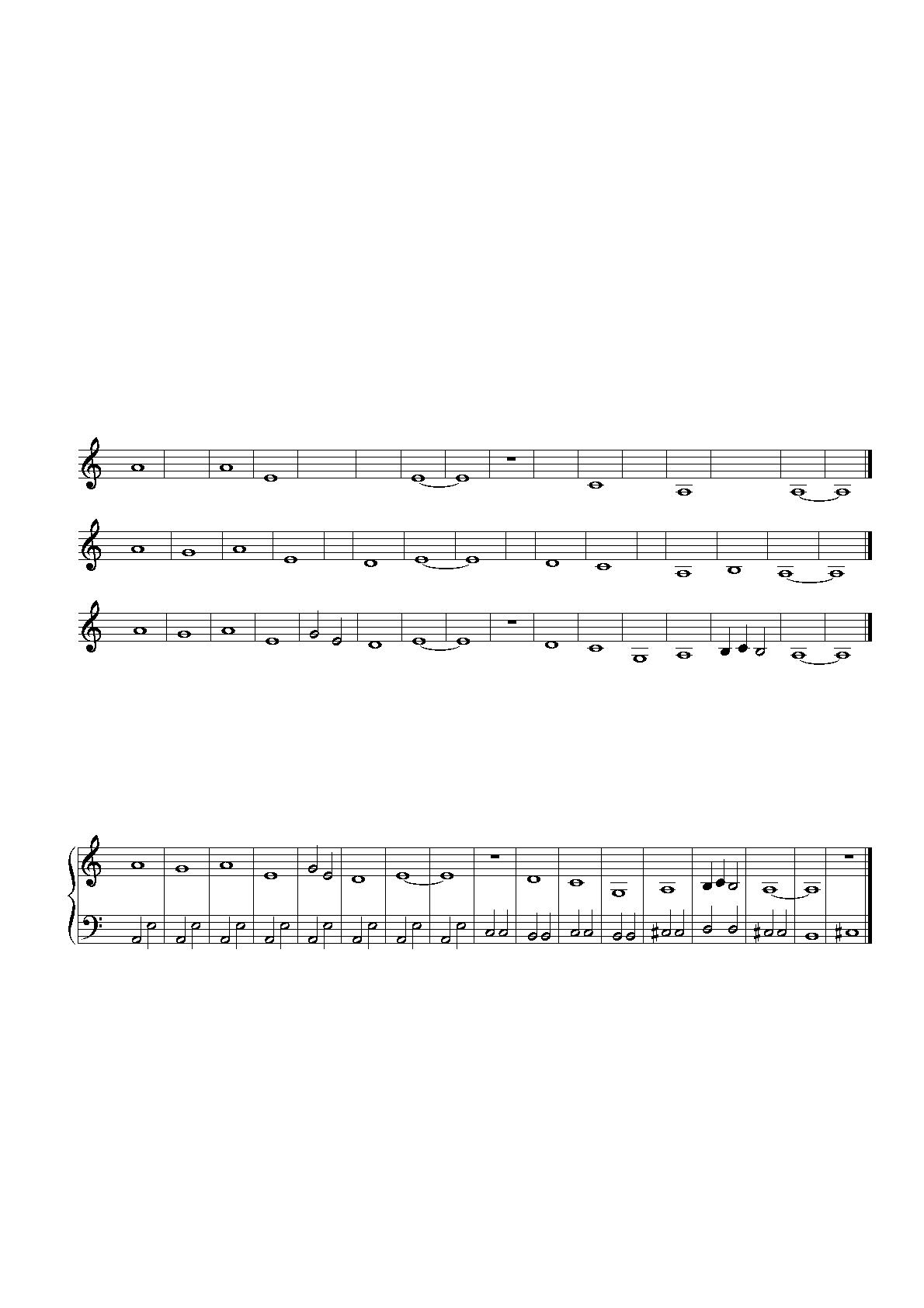
2010 Reinier Maliepaard: Recomposing Bartok's Mikrokosmos no. 42
www.bestmusicteacher.com
1
Recomposing Bartok's Mikrokosmos no. 42
Objective: a binary form based on voice exchange
The two-part Bartok's Mikrokosmos no. 42 can be described as two phrases A1 and A2. Phrase A2 is a
varied repetition of the 17-bar phrase A1. The key feature of that varied repetition is voice exchange: the
upper voice of A1 becomes the lower voice of A2 and the lower voice of A1 in a varied way the upper
voice of A2.
Step 1: the basic structure of the upper voice of phrase A1 is the triad A-C-E. In Bartók's version
each tone of this structure is elaborated with neigbour tones (N) and passing tones (P).
4
4
N
N
P
N
4
4
Bartók's phrase A 1
N
N
N
4
4
Step 2: The accompaniment of phrase A1 is based on the same structure, the triad A-C-E. At the
beginning a repetition of the tones A and E. Then a diminution of tone C with lower
neighbour tone B and upper neighbour tone D. Note the alteration of C to C sharp, which
becomes the new main tone of phrase A2.
Phrase A 1
N
N
N
N
4
4
4
4
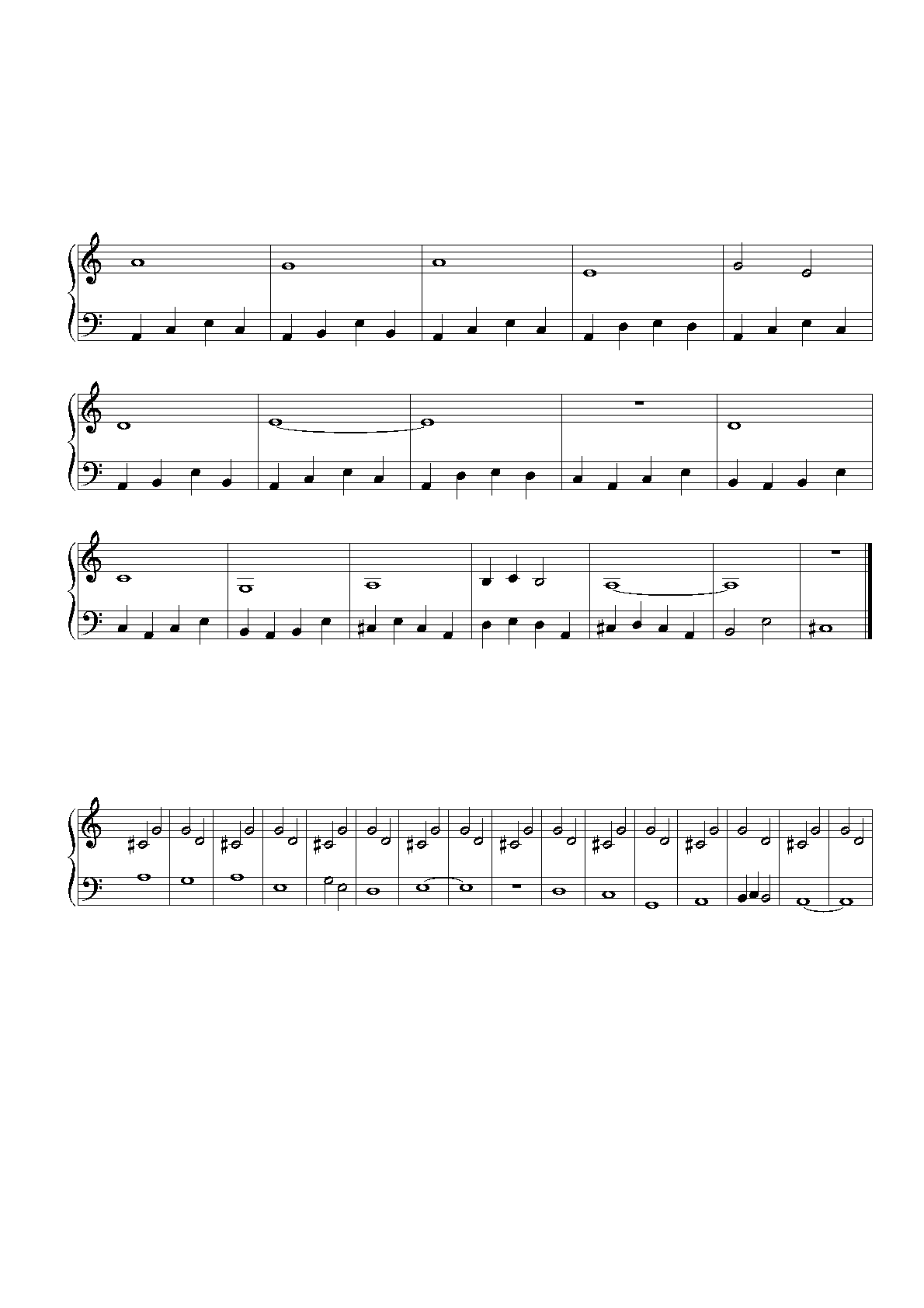
2010 Reinier Maliepaard: Recomposing Bartok's Mikrokosmos no. 42
www.bestmusicteacher.com
2
Step 3: it is quite easy to elaborate the lower voice with triad tones and neighbour tones.
Bartók's diminution results in a 2-bar varied repetition.
Phrase A 1
4
4
4
4
Step 4: the lower voice of phrase A2 is an exact repetition of the upper voice of A1. The upper voice
of A2 has the same idea as the lower voice of A1. The unelaborated version is as follows:
Phrase A 2
4
4
4
4
Comment: again a 2-bar repetition in the accompaniment (upper voice), now without repetition of the tones
from the first bar C#-G (as in phrase A1), but with an inverted movement of the tones G-D in the
second bar.
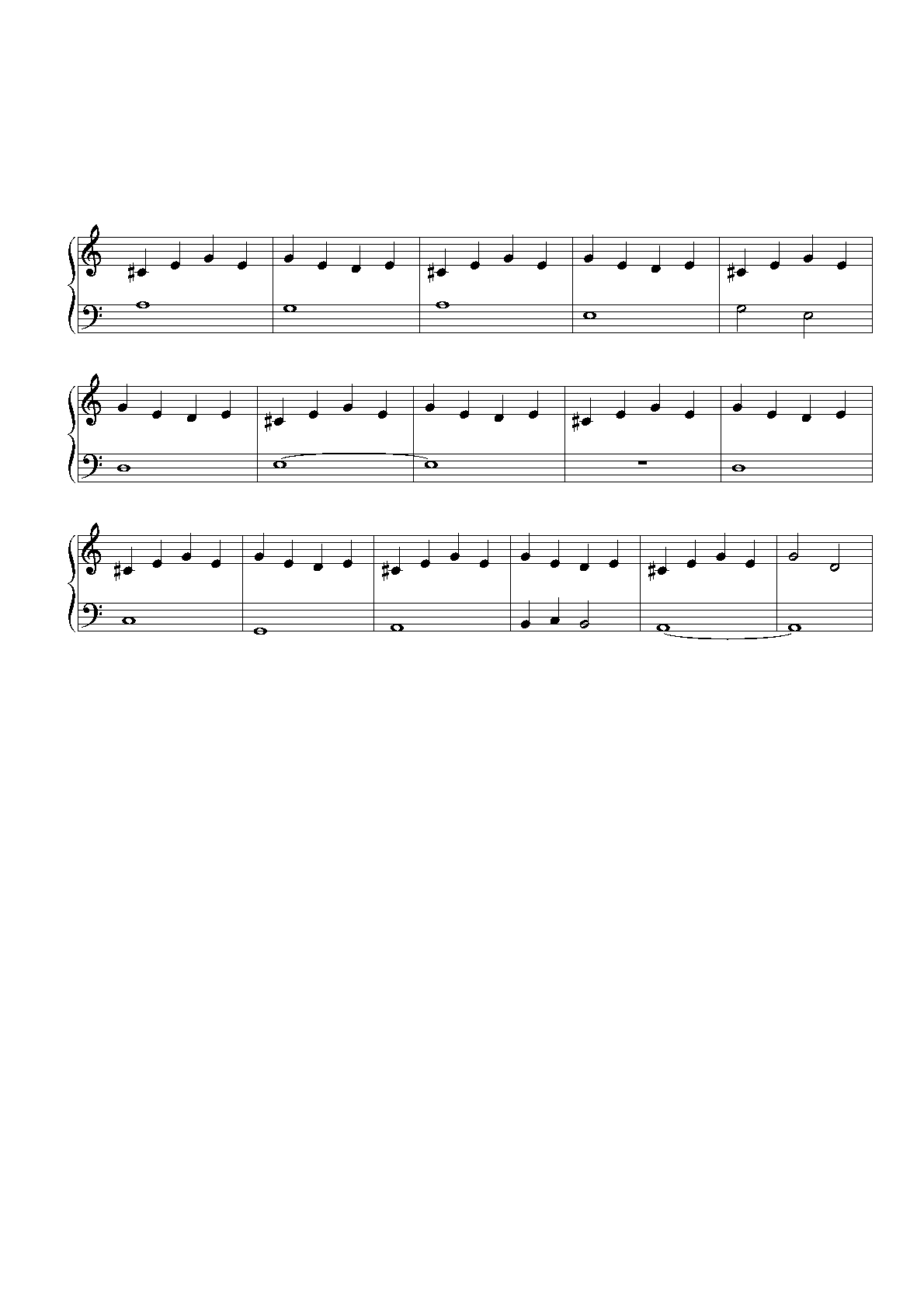
2010 Reinier Maliepaard: Recomposing Bartok's Mikrokosmos no. 42
www.bestmusicteacher.com
3
Step 5: Embellishing the accompaniment (upper voice) is easily done. Bartók's working-out is:
Phrase A 2
4
4
4
4
Comment: note that Bartók does not change the 2-bar repetition as in phrase A1.
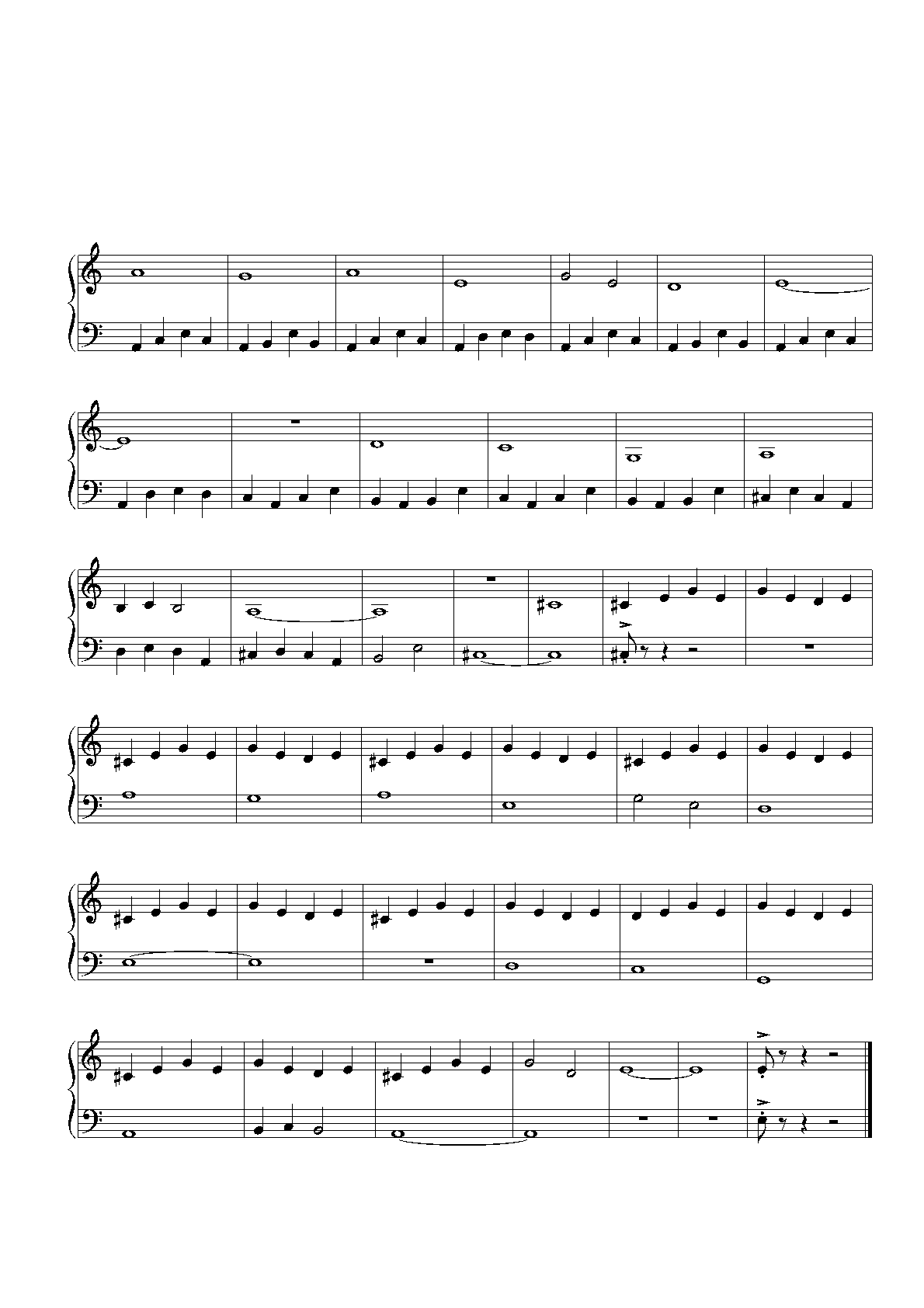
2010 Reinier Maliepaard: Recomposing Bartok's Mikrokosmos no. 42
www.bestmusicteacher.com
4
Step 6: the connection between phrase A1 and A2 can be done via tone C# (which concluded
phrase A1) and the repetition figure. The final tone E is self-evident.
4
4
4
4
8
14
21
27
x
33
Comment: note Bartók's modification of the repetition figure at bar 31 and the 'accent'-motive in bar 19 and 39.
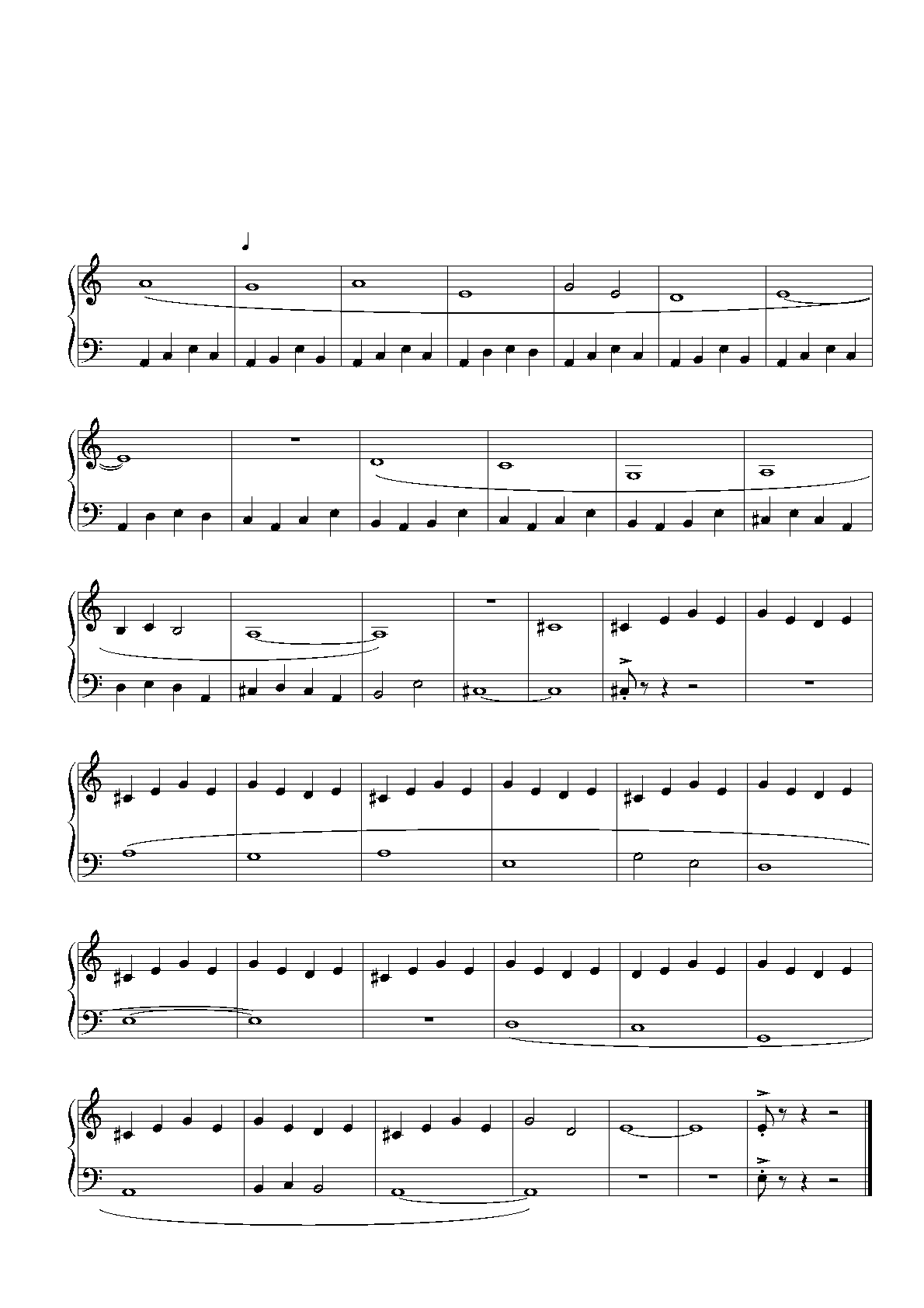
2010 Reinier Maliepaard: Recomposing Bartok's Mikrokosmos no. 42
www.bestmusicteacher.com
5
Step 7: finishing touch (adding dynamics, tempo, phrasing and notes on performance)
Andante tranquillo = 112
legato
4
4
4
4
mf
p
8
14
legato
p
21
mf
27
33

2010 Reinier Maliepaard: Recomposing Bartok's Mikrokosmos no. 42
www.bestmusicteacher.com
6
About the author:
Reinier Maliepaard, psychologist, software engineer, organist and teacher at the ArtEZ Conservatorium Netherlands (music theory and music history).
Maliepaard maintains several internetsites as www.bestmusicteacher.com en www.artezmusictools.nl.
His freeware music notation programm MC Musiceditor (Windows) can be downloaded at www.mcmusiceditor.com
The original PDF-article has been typeset with MC Musiceditor 6.0.6 (www.mcmusiceditor.com - www.bestmusicteacher.com). The HTML-version is a
conversion from the original PDF-file, using the free PdfEdit995 (http://www.pdf995.com)





